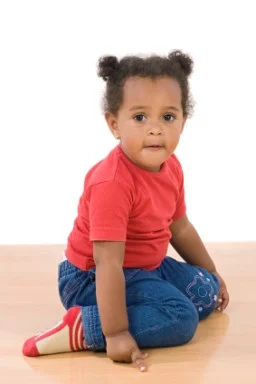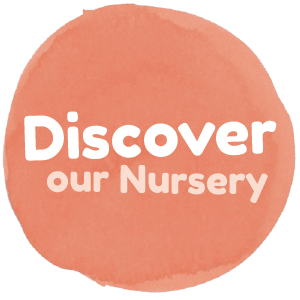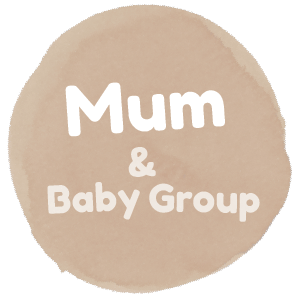Becoming an expat parent comes with its own set of challenges, none more so emotionally charged than settling family in a new country. Moving abroad typically means leaving behind extended family, friends and close neighbors, who form a web of support on a daily basis. The prospect of relocating and rebuilding close friendships can seem daunting to parents let alone the children involved in the move. The initial transition can prove to be tumultuous, filled with tears and tantrums.
Navigating through parenthood is hard enough, but when relocation is added to the mix there is no telling how children will adjust or adapt to new situations. While children do adapt easily, many parents know that the experience is hard on them especially in the initial transition. Parents may yearn for the stability they left behind, but how can they recreate the network of support again in a new country?
Isabelle Amatoury, founder of Kid’s Island Nursery in Dubai, has dealt with many families transitioning into the region. She prides herself on the fact that the Nursery is known for working closely with families to ensure that a stable foundation is created from which the family can grow. “Our belief at Kids Island Nursery is that children thrive on love, laughter and security. When there is no extended family around, the Nursery takes its place. We provide an inspiring, progressive, nature- themed environment for our children to learn and explore, while helping them settle into their new routine. However, it’s not only the children we are concerned about but the parents as well. Moving is stressful especially when moving abroad. We understand that parents may be feeling overwhelmed and our goal is to give guidance and support where needed. We also offer cuddles on the really rough days because nothing beats a cuddle from someone who cares!”
Isabelle recommends that new families find ways to connect to the city, “Set aside time within the week to explore the beaches, parks and malls around the area. Accept invitations to dinner or play dates. Join local clubs or Facebook groups. The sooner the family feels settled, the sooner they will find that Dubai is filled with many like-minded, caring people, who will start to help rebuild the network of support that has been left behind.”
Kid’s Island Nursery has been in Dubai for 30 years, and has provided a stable network of support to thousands of families over the years. The Nursery is an extension of the family, providing parents support to settle in an expat village, while offering guidance and stability. Their team of caring staff strives to create a loving, nurturing environment from which the families and children can grow.














